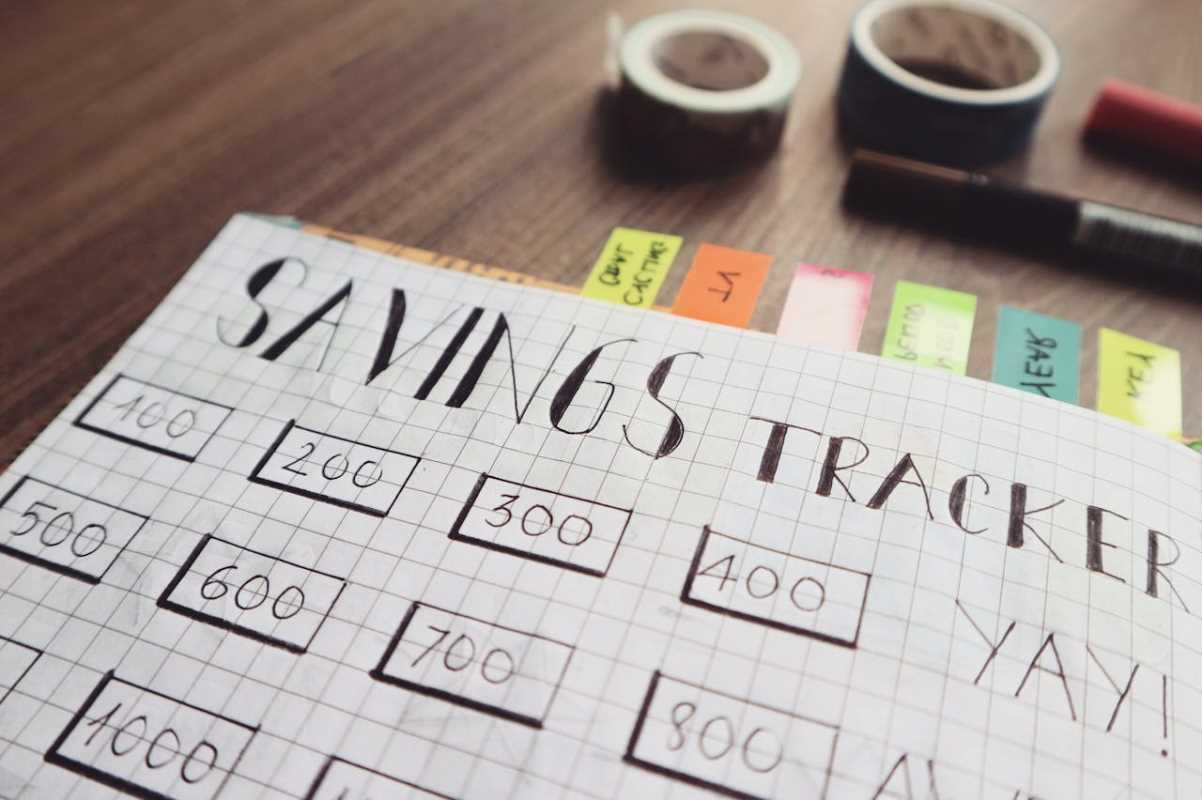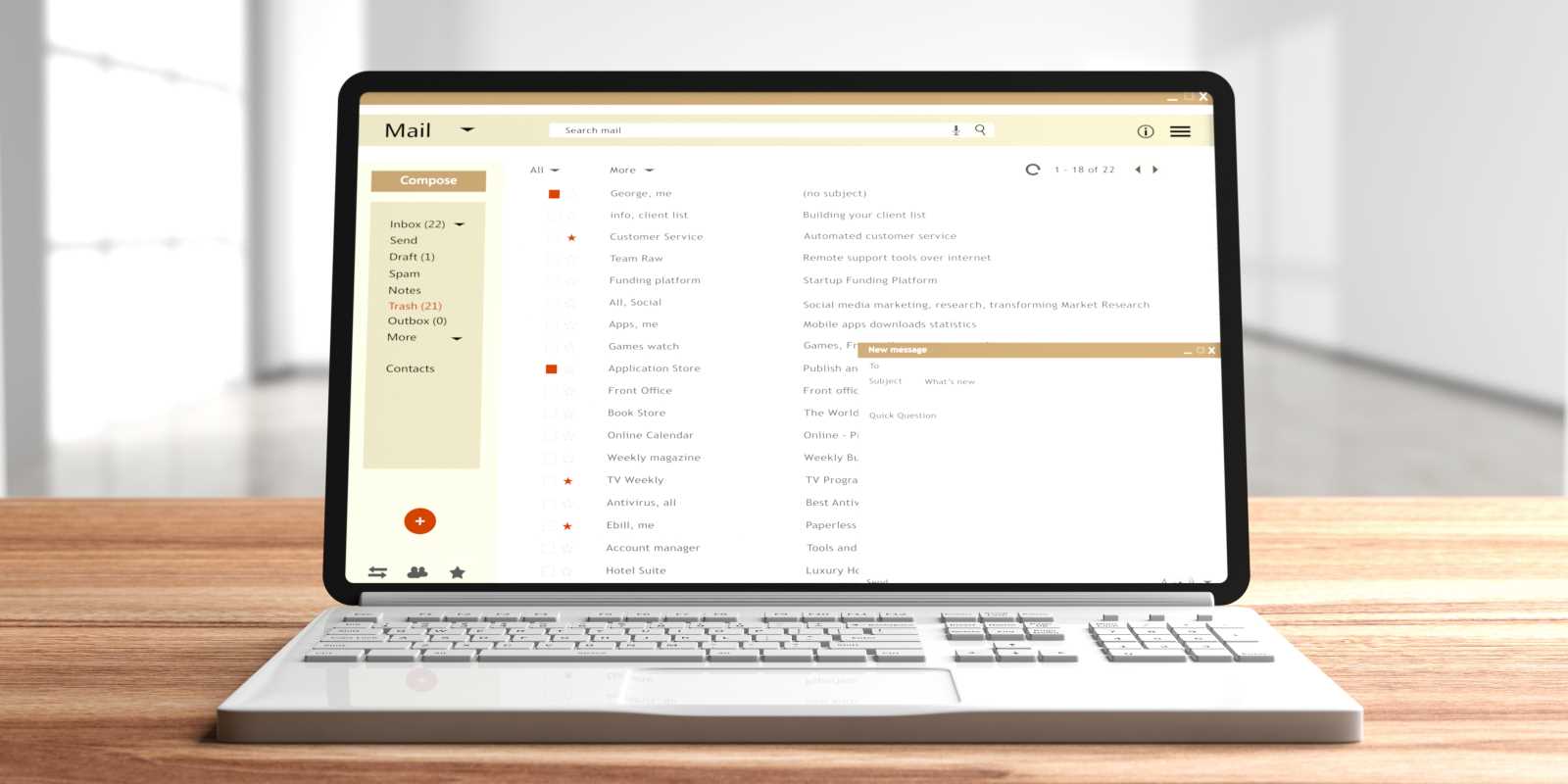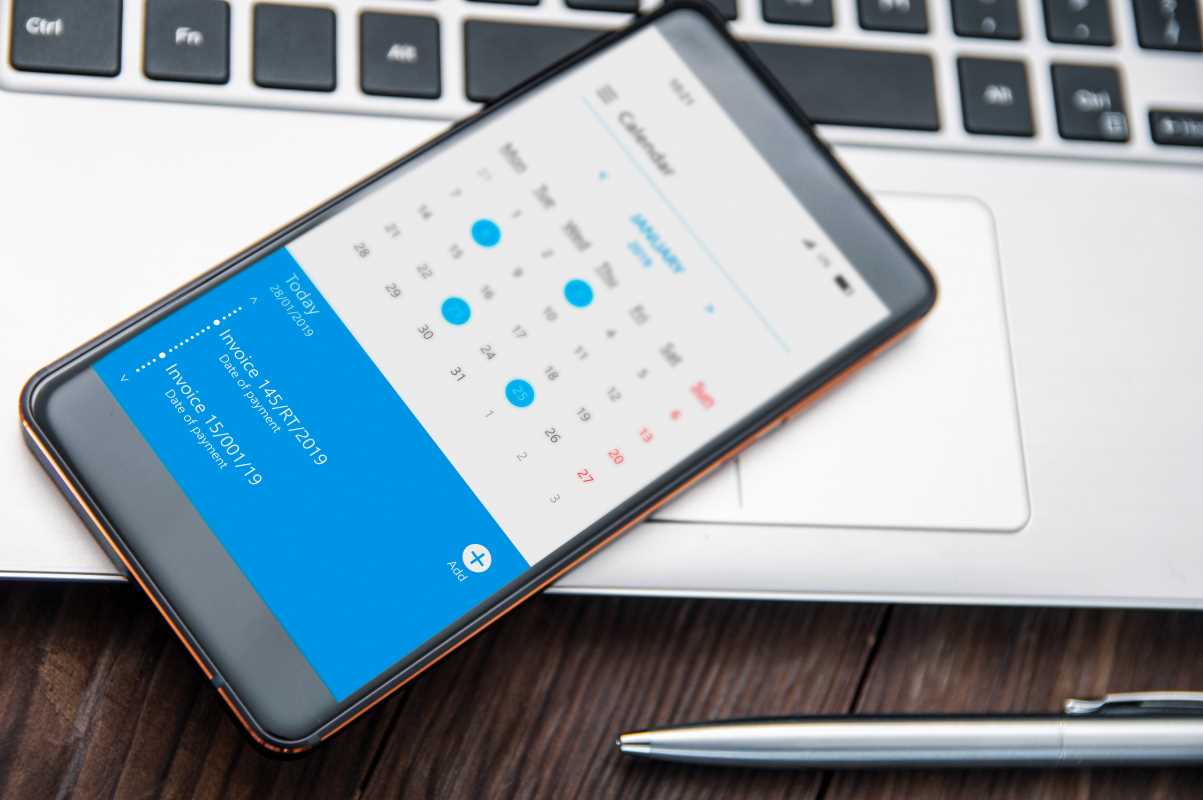The journey toward achieving a big goal, like learning a new language or starting a business, is built on small, consistent actions. We often start with a burst of motivation, but keeping that momentum can be a challenge. Imagine having a tool that provides a visual pat on the back every time you complete a daily task, creating a chain of success that you will not want to break. This is the magic of a habit tracker. This simple yet powerful tool can transform your abstract goals into concrete daily actions, helping you build consistency and stay motivated. Let’s explore how habit trackers work and how you can use them to unlock your potential for long-term success.
The Psychology Behind Habit Tracking
A habit tracker is a simple way to measure whether you did a habit. The act of marking an "X" in a box might seem small, but it triggers powerful psychological principles that make it an incredibly effective tool for behavior change. You are tapping into your brain's natural desire for progress and reward.
Creating a Visual Cue for Action
Your environment plays a huge role in shaping your behaviors. A habit tracker acts as a powerful visual cue, reminding you of the commitments you have made to yourself. Seeing that empty box for your daily workout or morning meditation prompts you to take action. It brings your goals from the back of your mind to the forefront of your attention.
This visual reminder helps automate your behavior over time. The tracker itself becomes part of the habit loop—cue (seeing the tracker), routine (doing the habit), and reward (checking the box). It is a simple system that makes it easier to show up for your goals each day.
The Motivation of Momentum
One of the most encouraging aspects of habit tracking is watching your progress build over time. Each day you complete your habit, you add another link to a chain. Your goal becomes not just to perform the habit but to avoid breaking the chain. This creates a powerful sense of momentum that fuels your motivation.
This concept, often called the "Don't Break the Chain" method, taps into our natural desire for completion and consistency. Even on days when you lack motivation, the desire to keep your streak alive can be the push you need to follow through. It transforms goal achievement into an engaging and satisfying game.
The Powerful Benefits of Tracking Your Habits
Integrating a habit tracker into your daily routine does more than just remind you of your tasks. It provides instant gratification, fosters self-awareness, and keeps you honest with yourself, creating a strong foundation for lasting change.
Instant Gratification and Reward
Many important goals, like getting healthier or saving money, have delayed rewards. You do not see the results of one workout or one day of saving. This can make it difficult to stay motivated. A habit tracker provides an immediate sense of accomplishment.
Marking off your habit for the day gives your brain a small hit of dopamine, the "feel-good" neurotransmitter associated with reward and pleasure. This immediate positive feedback reinforces the behavior, making you more likely to repeat it tomorrow. You are creating a rewarding experience in the present moment, which helps bridge the gap until you see the long-term results.
Fostering Honesty and Self-Awareness
It is easy to overestimate our own consistency. We might feel like we are eating healthy "most of the time," but a habit tracker provides objective data. It holds up a mirror to your actual behaviors, giving you an honest look at your progress.
This clarity is incredibly valuable. You can see patterns you might have otherwise missed. Perhaps you consistently skip your workout on Fridays or forget to practice your new skill on weekends. This self-awareness allows you to make targeted adjustments to your routine, address obstacles, and create a more effective plan for success.
How to Use a Habit Tracker Effectively
A habit tracker is only as good as the system you build around it. To make it a truly transformative tool, you need to be intentional about how you set it up and use it. Here are some actionable tips to get you started on the right foot.
- Start Small and Be Specific: The biggest mistake people make is trying to track too many habits at once. This can quickly become overwhelming. Choose just 1-3 essential habits to focus on initially. Be crystal clear about what success looks like. Instead of "exercise more," your trackable habit should be "do a 20-minute walk during my lunch break."
- Choose the Right Format for You: Habit trackers come in many forms. You can use a dedicated app, a printable template, a bullet journal, or a simple wall calendar. The best format is the one you will actually use.
- Digital Apps: Great for people who are always on the go and appreciate automated reminders.
- Paper Planners/Journals: Perfect for those who enjoy the tactile satisfaction of writing things down and want a creative outlet.
- Wall Calendars: A fantastic option for making your habits highly visible to keep them top of mind.
- Place Your Tracker in a Visible Location: The power of a habit tracker lies in its ability to act as a visual cue. Do not hide it away in a drawer. Place it somewhere you will see it every day. You could tape it to your bathroom mirror, put it on your desk, or make it the home screen on your phone.
- Embrace the "Never Miss Twice" Rule: You are human, and you will likely miss a day at some point. Perfection is not the goal; consistency is. Instead of giving up after one missed day, adopt the "never miss twice" rule. This allows for flexibility while preventing one slip-up from derailing your entire progress. Get back on track the very next day.
 (Image via
(Image via





